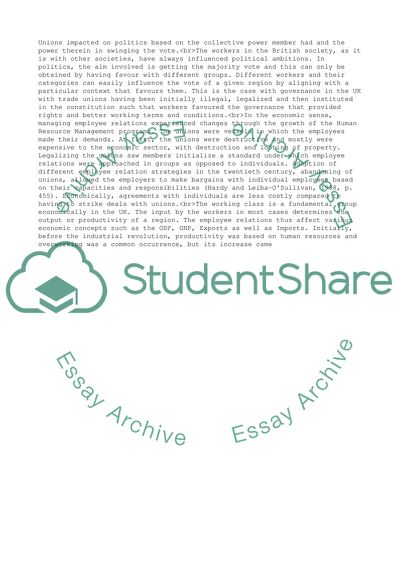Cite this document
(HR3012CN Managing Employee Relations in Contemporary Organisations Essay, n.d.)
HR3012CN Managing Employee Relations in Contemporary Organisations Essay. https://studentshare.org/management/1777490-hr3012cn-managing-employee-relations-in-contemporary-organisations-essay-one
HR3012CN Managing Employee Relations in Contemporary Organisations Essay. https://studentshare.org/management/1777490-hr3012cn-managing-employee-relations-in-contemporary-organisations-essay-one
(HR3012CN Managing Employee Relations in Contemporary Organisations Essay)
HR3012CN Managing Employee Relations in Contemporary Organisations Essay. https://studentshare.org/management/1777490-hr3012cn-managing-employee-relations-in-contemporary-organisations-essay-one.
HR3012CN Managing Employee Relations in Contemporary Organisations Essay. https://studentshare.org/management/1777490-hr3012cn-managing-employee-relations-in-contemporary-organisations-essay-one.
“HR3012CN Managing Employee Relations in Contemporary Organisations Essay”. https://studentshare.org/management/1777490-hr3012cn-managing-employee-relations-in-contemporary-organisations-essay-one.


